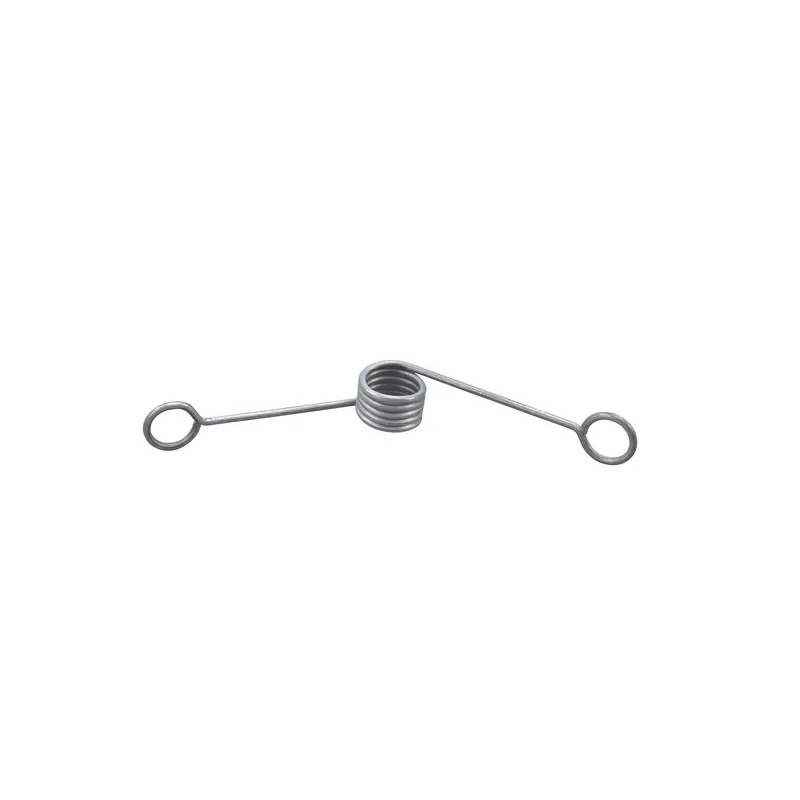
- Mobile Phone
- +8613931874955
- sales@cntcmetal.com
Understanding the Purpose and Function of Wall Ties in Construction
What is a Wall Tie?
A wall tie is an essential component in the construction and integrity of cavity walls, especially in buildings where two layers of masonry are employed. Typically made from materials such as stainless steel or galvanized steel, wall ties are used to connect the outer wall to the inner wall, providing structural stability and preventing the two walls from moving apart.
What is a Wall Tie?
Wall ties are installed at regular intervals during the construction process, with specific guidelines governing their placement, type, and spacing. The exact requirements can vary based on factors such as the type of masonry, the height of the wall, and local building codes. It's essential to follow these guidelines meticulously to ensure the effective performance of the wall ties.
what is a wall tie?

In addition to their structural benefits, wall ties also contribute to moisture control in cavity walls. The cavity created between the two layers allows for proper drainage and ventilation, helping to prevent moisture buildup that could lead to problems like mold or structural decay. Likewise, wall ties prevent the inner wall from being exposed to rainwater that could seep in through the outer wall’s surface.
However, wall ties can be susceptible to corrosion, particularly in areas with high levels of humidity or exposure to salt. This is why choosing materials that resist corrosion, like stainless steel, is critical for ensuring longevity and structural effectiveness. Regular inspections and maintenance are also vital to ensure that wall ties remain in good condition over time.
In summary, wall ties play a pivotal role in modern construction, particularly in cavity wall systems. They provide essential structural support, help control moisture, and enhance the overall durability of a building. By ensuring that both walls work together seamlessly, wall ties are integral to the safety and longevity of our built environment. Proper installation and maintenance are crucial for maximizing their benefits, making them a fundamental aspect of sound construction practices.
share:
-
Your Source for Concrete Wall Ties and Masonry AccessoriesNewsJul.10,2025
-
Unlocking the Power of Iron Wire for Every ProjectNewsJul.10,2025
-
Explore Advanced Chain Wire and Stainless Steel Mesh FencingNewsJul.10,2025
-
Discover the Benefits of Annealed Wire ProductsNewsJul.10,2025
-
Discover China Stainless Steel Wire Mesh SolutionsNewsJul.10,2025
-
Build with Confidence Using High-Performance Masonry AccessoriesNewsJul.10,2025
-
Why Sacrificial Formwork Is Redefining Underground ConstructionNewsJun.06,2025



















